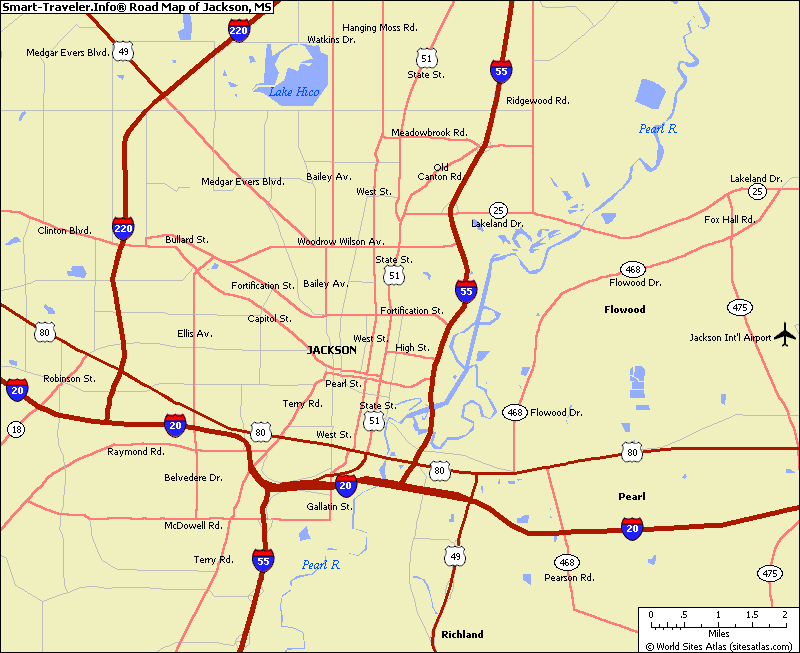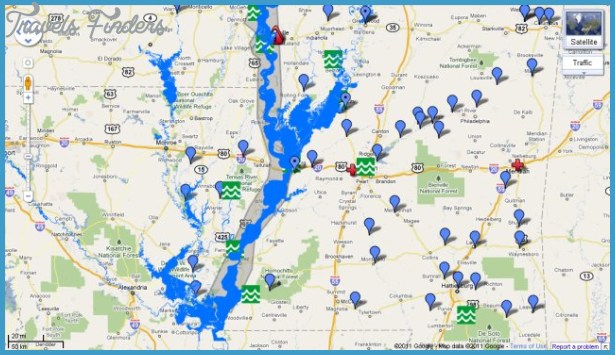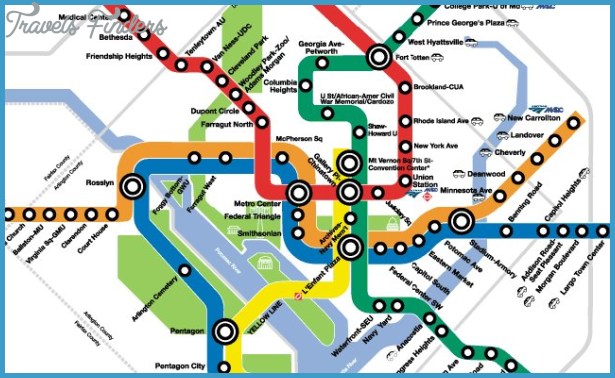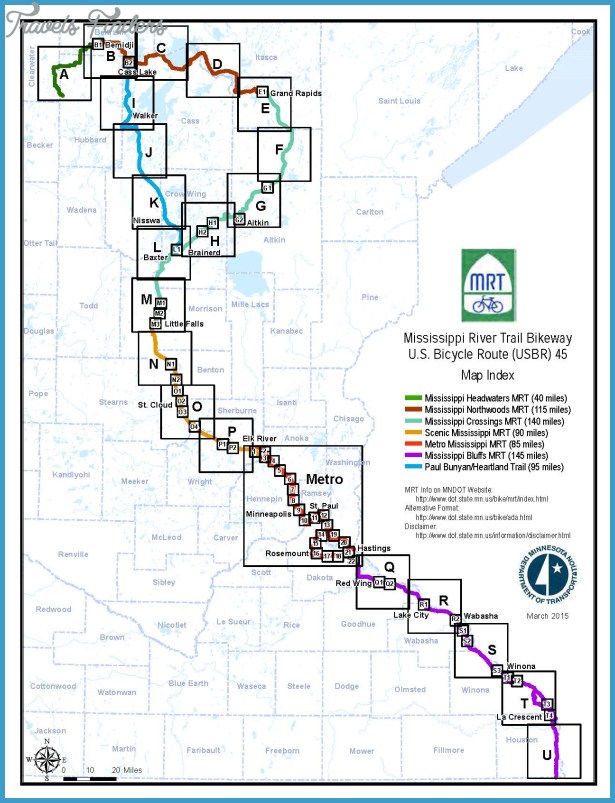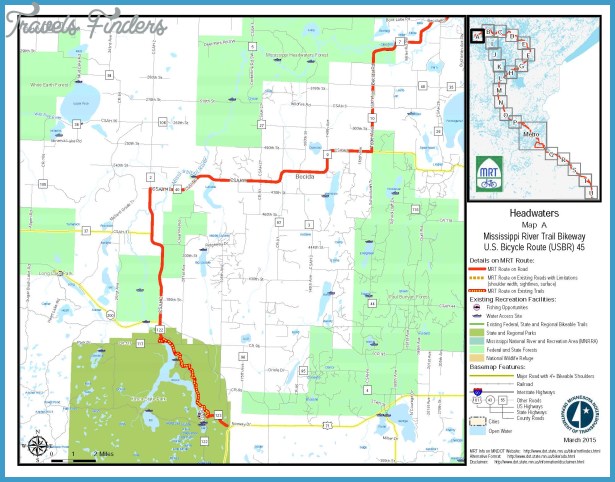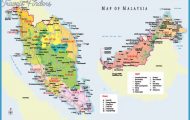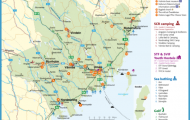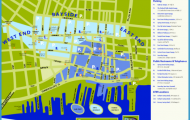Mississippi historical overview
Though the Spanish had a colonial presence in Mississippi, Latinos had little influence on Mississippi culture until the 1920s. Then, Mexican and Mexican American workers came to northwest Mississippi’s Delta region, recruited from Texas, to pick cotton. They negotiated their in-between racial status and ultimately secured their children’s admission to Gunnison’s white school. Although the Depression forced most back to Texas and Mexico, Mexicans and Mexican Americans continued to come to the Mississippi Delta as migrant workers through the 1960s.
When cotton farmers completed their transition to mechanized picking in the 1960s, Mississippi became largely a way station for Latino workers traveling
Mexican and Negro cotton pickers inside plantation store, Knowlton Plantation, Perthshire, Mississippi Delta. This transient labor is contracted for and brought in from Texas each season. October 1939. Photograph by Marion Post Wolcott. Courtesy of the Library of Congress, Prints & Photographs Division, FSA-OWI Collection, Reproduction Number LC-USF34-052248-D DLC.
between Texas and Florida. Yet, as the state’s agricultural economy shifted from small-scale farming to industrialized production, so too did Latinos’ role in the economy. Though attempts to recruit Latinos to the industry’s growing poultry industry faltered during the 1970s and 1980s, by the 1990s their numbers were on the rise.
The new center of Latino migration in the 1990s was central Mississippi, most prominently in and around Scott County. There, Latinos joined an overwhelmingly African American labor force in the state’s poultry processing plants. They negotiated harsh working conditions and racial and language barriers in their attempts to settle in Mississippi and improve their lives there.
Concurrently, Latinos had begun to move to the Gulf Coast to work in the casino and construction industries. Through Hurricane Katrina devastated the lives of Gulf Coast Latinos in 2005, thousands of others saw the region’s reconstruction work as an economic opportunity. As construction work subsided and Latino workers got tired of its exploitative conditions, some left the state, whereas others settled in casino or service jobs.






